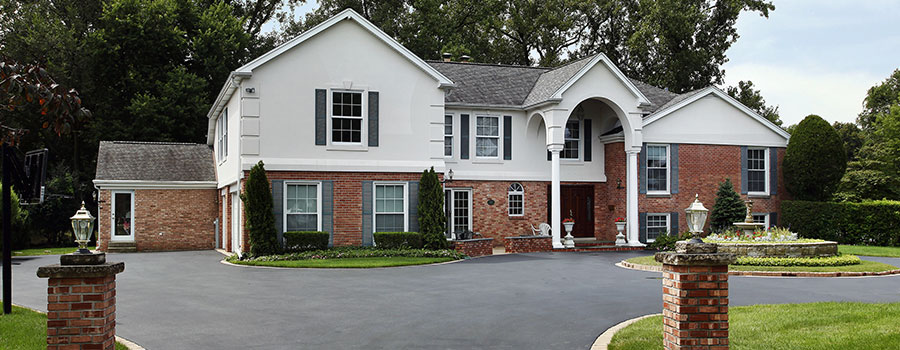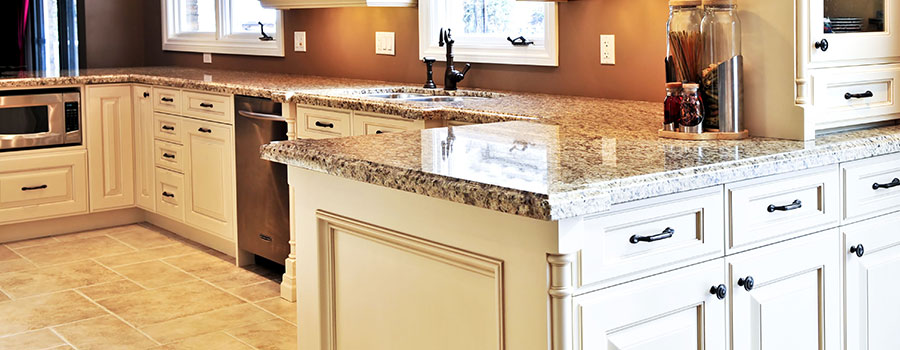Guide to Remodeling Your Condo
A condo remodel differs from a stand-alone home renovation in that there are shared spaces in a condo that must be considered as part of the renovation, as well as numerous very close neighbors who are likely to have an opinion on any work you wish to conduct. You will also have to follow the norms of your own complex and the legislation that applies to renovating condos in your jurisdiction, which has its own set of obstacles. This post aims to walk you through some of the most essential items to consider before starting a restoration project in your condo. Understand the rules in your area. Before proceeding, you should learn about the procedures that your body has established for your apartment complex regarding renovation clearances. An excellent place to start is by reviewing the strata By-Laws, which often contain specific instructions on what is authorized to ensure the comfort and safety of all tenants within the apartment complex. The By-laws that you need to consider include: What you can and cannot do, such as modifying the windows, what flooring you can use (for example, wood floating floors are frequently not permitted due to noise transfer), and so on. Hours your craftsmen and technicians will be able to work. What you need to do to protect common areas throughout the remodeling (e.g., cover lifts and standard floors with protective material) Which materials you can use Installation of satellite television or air conditioning devices. What alterations are and are not allowed Whether you’re authorized to make any structural changes, and if so, how to do so. The By-Laws aim to establish the regulations under which everyone in the apartment complex functions in terms of what they can and cannot do to their units and their behavior within the complex. The By-Laws protect each owner in the apartment complex while ensuring all inhabitants’ privacy and safety. The By-Laws also outline what can and cannot be done to the common property, such as windows. Once you’ve determined what you can and cannot do within your condo complex, the following step is to create your design and scope of work and present it for approval. Your corporate body will likely require a combination of the following to examine your remodeling application: Plans and/or a design of modifications, typically drawn up by a designer or draftsman (for significant works) A structural engineer can provide advice and drawings for any structural work you want. A thorough scope of work. Projected timelines for your project A timetable of fittings and finishes, particularly any changes to fixed floor coverings. It is critical to be well-prepared when presenting all of the above to your Body Corporate, as it may take some time for your demands to be discussed and a decision made. Do cosmetic changes that are within the rules Cosmetic improvements to your unit can sometimes be performed without formal approval. Still, verifying the By-Laws for your specific condo complex is always a good idea. Before completely renovating your condo, evaluate whether you can fulfill many of your goals with relatively simple updates. Without a doubt, a […]
Read moreHow to Survive a Home Renovation
Whether it’s taking a bathroom out of action or sleeping in the living room, home remodeling can be stressful, but it doesn’t have to be disastrous. Surviving a remodeling is possible using the tips given below: Have a solid plan The only way to survive a kitchen makeover or condo remodel is to plan. You should prioritize structural projects (such as replacing your roof, creating new walls, or improving fundamental or electrical systems) before tackling cosmetic jobs like painting. Assume you are staying in your home during the renovation. In that situation, you should communicate with your contractor about the building timetable so that you can design a strategy to eliminate clutter and avoid occupying their construction area. Ask your contractor for recommendations and collaborate to make the process smooth for everyone. Clearly define the scope of the proposed job. Online resources will help you create a clear vision of the appearance you want. You can explore images and add your favorites to ideabooks to share with family members and professionals. Also, consider visiting showrooms and suppliers to see product and finish samples, and take a tour of properties for sale in your region to get ideas about what you can realistically expect. Have a daily routine. Creating and sticking to a daily routine will help you keep organized during your remodel. It also allows you to prepare ahead and predict which days will be the most chaotic. For example, surviving a kitchen or bathroom remodel may require spending the weekend away with the kids if there is rewiring or appliance downtime. The more prepared you are, the less stressful things will be. Of course, disturbance to your and your family’s lives will be part of the process, but there are easy steps you can take to minimize inconveniences, such as sticking to a timetable and requesting one from your contractor. Be ready for dust in the house. To survive a kitchen, bathroom remodel, or any other renovation, you must be mentally prepared for chronic dust. Even after professionals have cleaned the scene, construction dust will most likely be still present. A wise way to do it is to pack up stuff you won’t need and invest in proper storage while renovating. It’s also a good idea to use heavy-duty plastic drop cloths to block the doorways between your temporary living and renovation area and to tape up vents to prevent dust from entering your home’s air system. If there is a potential that the item being worked on contains lead paint, you must follow the EPA Renovation, Repair, and Paint Guidelines. You can also use magnetic vent covers to keep dust out of non-renovated areas of your home. Another method to consider is using plastic drop cloths to seal the entrance between the remodeling area and your living space. You should also ensure your contractor and all personnel understand which areas of your home are off-limits. You need a private location where you don’t have to worry about staff snooping, tampering with your belongings, or invading your space. Make it clear where they may and cannot go. Have a […]
Read more

